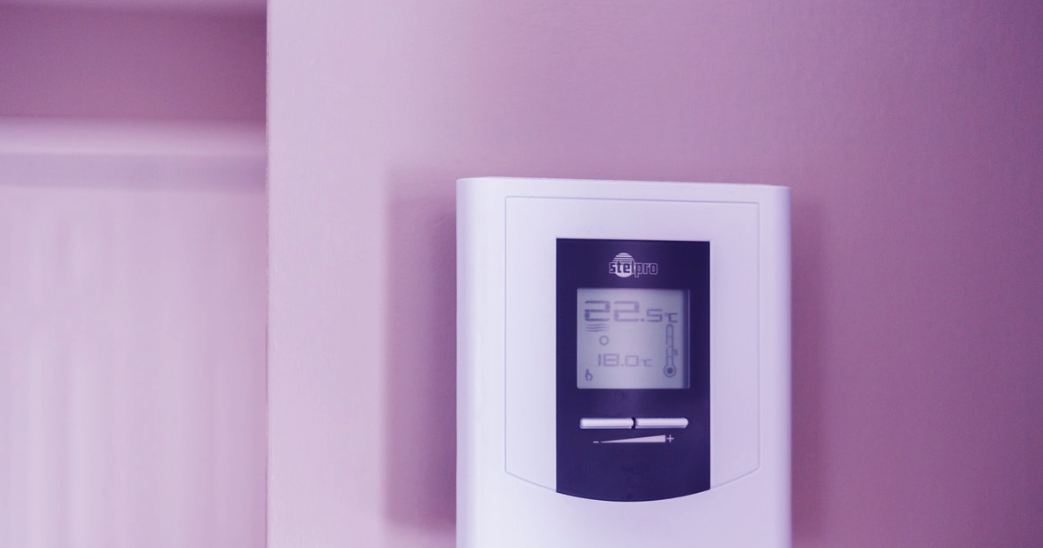We are all interested in saving money, time, and energy. Also curious about how smart thermostat sensors detect occupancy and what makes it cost-saving? Thermostats work better with room detectors, and a smart thermostat is even more useful when used with room sensors.
These sensors serve a purpose. Smart thermostats can control all rooms in your home via your smartphone/tablet and come with occupancy sensors — this makes smart thermostat a popular choice for home installation. Let us get into more details.
What is a Thermostat Room Sensor?
A room sensor can be connected to your smart thermostat, and it monitors the temperature in different rooms. These sensors can detect the temperature of a room and also detect motion.
A sensor for occupancy is an inside motion detection device that detects the presence of people to control lighting or ventilators, or temperature control systems. The sensors use infrared, ultrasonics, microwaves, or any other type of technology.
The main goal here is to update our status automatically and then modify things like the target temperature for rooms, etc. The most challenging part is finding the proper equilibrium between control by hand (i.e. detecting absence) or controlled schedules (e.g. an underlying pattern of learning that defines when we’re most likely to be at home) and a definite presence or occupancy of people inside the house.
What’s the function of an occupancy sensor?
The smart thermostat sensor is unique because it can detect people. It is well-designed, lasts a long time, and has a very long range of up to 60 feet. Installation is quick and simple with magnetic adhesives, and there are many placement options. A smart thermostat allows you to set your desired temperature and adjust settings according to your needs. The smart thermostat will also detect active areas in your home and enable you to adapt to your home for maximum comfort. Moreover, thermostat sensors can detect humidity levels in your home that other sensors cannot.
They can detect objects using infrared radiation regardless of their size or color. The base units are connected via radiofrequency, connecting to up to 32 sensors. They can also help reduce your energy costs by as much as 23 percent. As per a recent report, there are two primary motives for consumers to buy Smart Home Energy Management solutions to save money, energy, and comfort.
How does Thermostat Sensor detect occupancy?
Some devices use a PIR to sense that people are present and then alter the settings. However, one PIR sensor is a highly compromised technique, especially when mounted in a quiet area. It’s not linked to other sensors for smart homes and devices, as well as services. The ‘whole home’ approach is guaranteed to offer a better and more precise solution, especially when it’s connected to other smart home features, and utilizes a mixed technology approach to utilize information about presence and occupancy from all the different technologies present in our smart home.
The sensors send real-time occupancy information to the thermostat, which acts similarly to cool or heat the space to keep the temperature set by the thermostat when a space is not occupied but lets it fluctuate when nobody is in the room. PIR sensors can be integrated into the thermostats. They could also be distinct devices that wirelessly communicate to the thermostat, particularly in large or multi-room areas.
Although it is highly desirable to have a presence, it presumes that the person is wearing some equipment or software that can identify their presence (short to feature recognition that isn’t 100% precise), which is often not the situation. It is much easier to detect occupancy and is equally essential in smart homes. Some devices have software that can identify individuals’ devices and accommodate both known and unknown persons for occupancy. Unknown persons can be in more than one room or zone at a time, but the identified people cannot do so.
How to Change the Occupied Status of The Thermostat Sensor?
Step 1: Use your tip to tap the device. You can adjust the temperature by dragging the device to the right while away.
Step 2: Click on the Save button in the corner. When you’re not home, you can choose your preferred heat reading.
Conclusion
In general, thermostat occupancy sensors give you more advantages over other sensors. They can be put in nearly anywhere in your house to track temperature and activity. The installation process is simple and doesn’t take much time if you follow the steps. Motion sensors are the most beneficial feature since they will let you know what rooms in your house are occupied. You can download a thermostat user manual from the different brands in case you need more assistance with its functionality.

